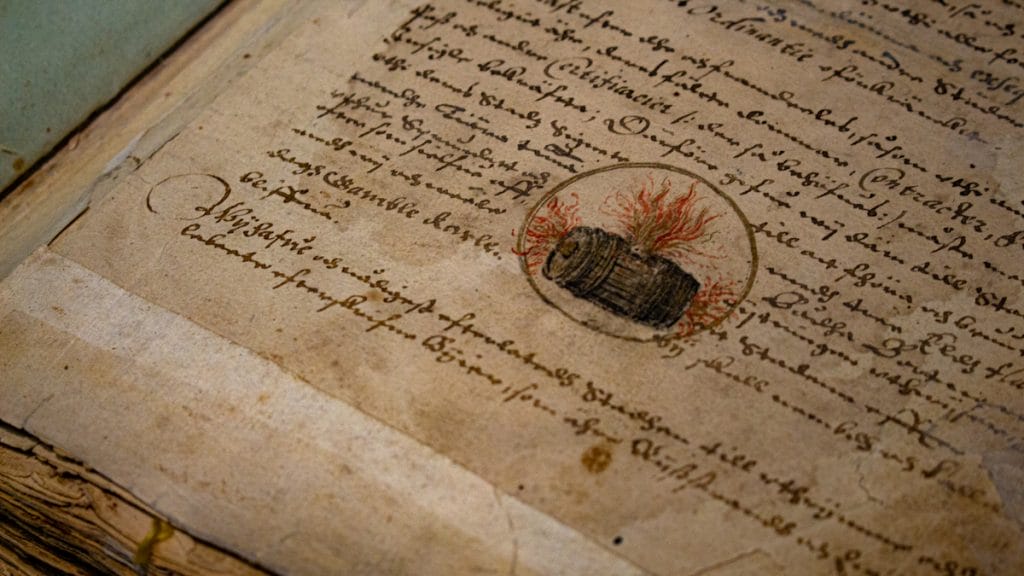On 7 September 1620, the Swedish king Gustav Adolf II signed a document transforming the small Ristiranta village, known for fishing and farming, into a town called Gamlakarleby. Kokkola was established as the Finnish name a little later.
History of Kokkola on a timeline
- 2020 The year marks the 400th anniversary of Kokkola
- 2009 Kälviä, Lohtaja and Ullava are merged into Kokkola.
- 1977 Kokkola and Kaarlela are joined together.
- 1969 Öja is merged with Kaarlela.
- 1939–1945 The Second World War is tough on people also in Kokkola. After the wars, industrial activities are focused in the Kokkola Industrial Park area in Ykspihlaja.
- 1932 Öja becomes a municipality (previously a part of Kruunupyy).
- 1918 Civil War
- 1909 The municipality of Ullava is established
- 1905 The current Kälviä Church is built.
- Late 19th and early 20th century: years of oppression. More immigration and religious and political activism.
- 1889 The lighthouse on Tankar Island is completed.
- 1885 Railway to Kokkola.
- 1854 Kokkola fights off the English in the battle of Halkokari.
- 1808–1809 The Finnish War. Sweden loses Finland to Russia.
- In the late 18th and early 19th century, Kokkola was one of the biggest tar producers in the Swedish-ruled Finland. The city was home to wealthy ship owners and merchants.
- 1793 The church of Ullava is built.
- 1770–1803 Anders Chydenius is the vicar in Kaarlela.
- 1768 The current church of Lohtaja is built.
- 1765 Kokkola receives staple rights and trade is flourishing.
- 1664 Most of the city is destroyed in a fire.
- 1639 Kälviä becomes an independent village.
- 1620 The Swedish king Gustav Adolf II establishes a city named Gamlakarleby. Later on, Kokkola becomes the established Finnish name.
- 1608 Ullava is first mentioned in a list of sharecroppers.
- 17th century Lohtaja is a significant area for the ironmaking industry.
- 1597 During the Club War, the fight of Tarharanta took place near the church hill.
- 1578 Lohtaja becomes an independent municipality.
- 1544 First historical mentions of the villages of Kälviä and Ruotsalo.
- Late 15th and early 16th century: The Kaarlela church is built.
- 1375 First written reference to someone from Kokkola.
- 4000–2500 BC: Pit-Comb Ware period in Kälviä and Lohtaja. The settlement lives on and expands in the Bronze and Iron Ages. Burial cairns are built.
- Around 6500 BC: The first inhabitants arrive in the Ullava area. The rest of Kokkola is still under water.
